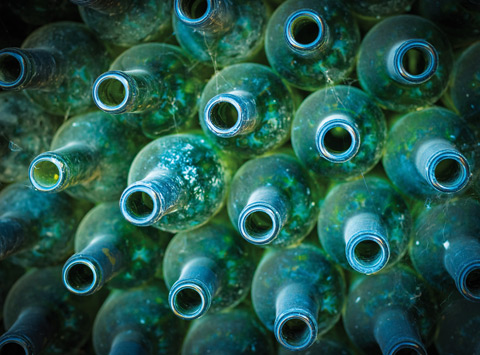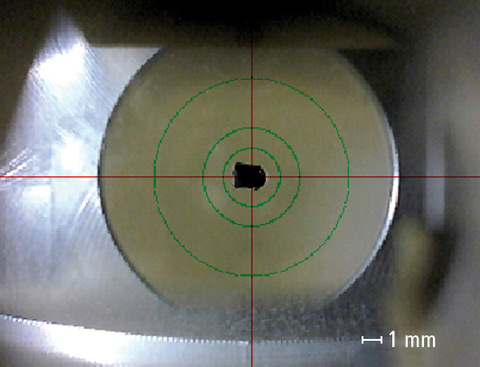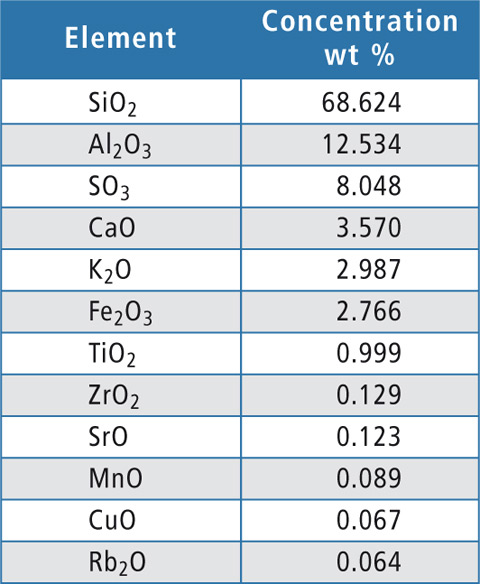How spectrometers take care of human health
Inclusions in packagings analyzed with EDX-7000P/8000P

In the last issue of Shimadzu News, the first part of this EDX article series focused on safety application in aircraft, automobiles and railway locomotives, in particular the analysis of engine oils containing fine wear products as well as particles of metals and alloys in the form of shavings. Testing laboratories of many major airlines use X-ray fluorescence spectrometers for fast analysis of small metal shavings. This second part of the EDX article series covers food packagings.
Contaminants in packaging materials
Human health can be influenced by the choice of food – in a positive as well as in a negative way. Despite their apparent quality and healthiness, food products still have to be analyzed for the presence of harmful and dangerous contaminants. Such impurities or residues can get into the products from packaging materials – for example, bags cans, jars, and bottles. Although glass packaging materials seem to be the safest, they can also contain contaminants that have entered the glass during the manufacturing process from furnace, piping or melting forms.
These inclusions can be hazardous to human health. In addition, they can influence the durability of the packaging. For a typical measurement, the analyst breaks the sample and dissolves part of it with inclusion in the appropriate reagent. Such sample preparation is time-consuming and dissolution is usually associated with the use of hydrofluoric acid, requiring special utensils and a separate work area.
All this can be avoided by using the energy dispersive X-ray fluorescence spectrometer EDX-7000P or EDX-8000P for the analysis. These are used for non-destructive elemental analysis of solid, powder and liquid samples while offering excellent maintenance performance. Both instruments are BfS (safety standards of the German Federal Institute for Radiation Safety) type approval certified. The sample observation camera and automatic collimator switching system allow local analysis of different parts of the sample.
 Figure 1: Photo of the inclusion at PC screen
Figure 1: Photo of the inclusion at PC screen
Standardless quantitative fast analysis of single extraneous inclusion in glass jar
In an experiment, single extraneous inclusion on the outer surface of glass jars was measured using EDX-8000P. A glass jar was placed in the sample compartment so that the inclusion was in the center of the area to be analyzed. A collimator of 1 mm diameter was selected for the analysis (figure 1). A routine measurement procedure of unknown sample by Fundamental Parameters (FP) method was used, as included in the standard spectrometer software. The spectrum of the sample is shown in figure 2.
 Figure 2: EDX spectrum of inclusion on outer surface of glass jar. Total analysis time including placement of the sample in the cell was approximately three minutes.
Figure 2: EDX spectrum of inclusion on outer surface of glass jar. Total analysis time including placement of the sample in the cell was approximately three minutes.
Conclusion
The results of the sample analysed are listed in table 1. They show that the analysis of extraneous inclusions by EDX-7000P/8000P can be done successfully without their separation from glass, which eliminates time-consuming sample preparation and use of chemical reagents. Moreover, it greatly reduces time of analysis. Data acquired helps to determine the possible source of contamination (cast iron melting form, furnace lining or other).
 Table 1: Results of analysed example
Table 1: Results of analysed example